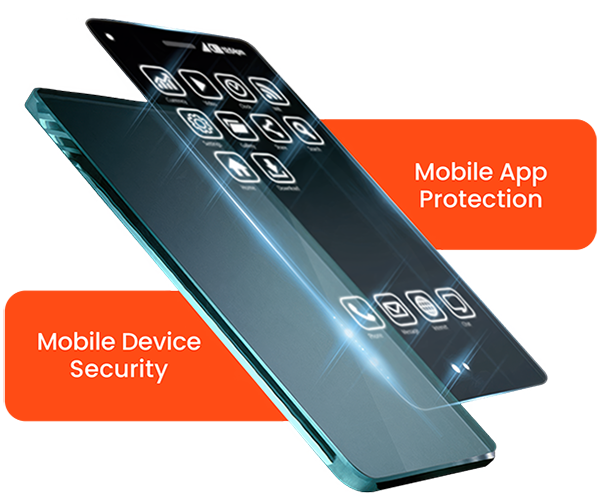Menu
Zimperium
The World Leader in Mobile Device & Application Security
New: 2025 Global Mobile Threat Report
![]() Why Zimperium
Why Zimperium
Comprehensive Security Against Mobile-First Attack Strategies
Cybercriminals are taking a mobile-first attack strategy, making mobile devices and applications primary targets for phishing, malware, and zero-day threats. Traditional security isn’t enough—organizations need dedicated protection.
Zimperium provides industry-leading, AI-driven security to proactively defend against evolving mobile threats.
Mobile Threat Defense (MTD)
Protects enterprises from phishing, malware, and zero-day threats targeting mobile devices.
Mobile Application Protection (MAPS)
Secures apps for developers against fraud, tampering, and unauthorized access.
![]() BY THE NUMBERS
BY THE NUMBERS
The Mobile-First Attack Reality
Mobile
Breach
of organizations experienced
a breach in the last year.
Phishing
Attacks
now specifically
target mobile devices.
Mobile
Malware
surge in attacks; a number
expected to continually rise.
Leader in Mobile Threat Defense
Zimperium has been recognized as a Leader in The Forrester Wave™ for Mobile Threat Defense.
Our AI-driven security and real-time threat detection set the industry standard.
Trusted by Global Enterprise & Industry Leaders
Top businesses, government agencies, and technology partners rely on Zimperium to secure mobile environments against evolving threats. Our AI-driven protection delivers real-time security without disruption, ensuring organizations stay ahead of cybercriminals.
Mobile security can’t be an afterthought. As cybercriminals shift to a mobile-first attack strategy, organizations need real-time, AI-driven protection that works where threats occur—on the device. That’s what sets Zimperium apart.

CEO, Zimperium
![]() FEATURED RESOURCES
FEATURED RESOURCES
Highlights from Zimperium
Stay ahead of emerging mobile threats with the latest insights from our experts.


